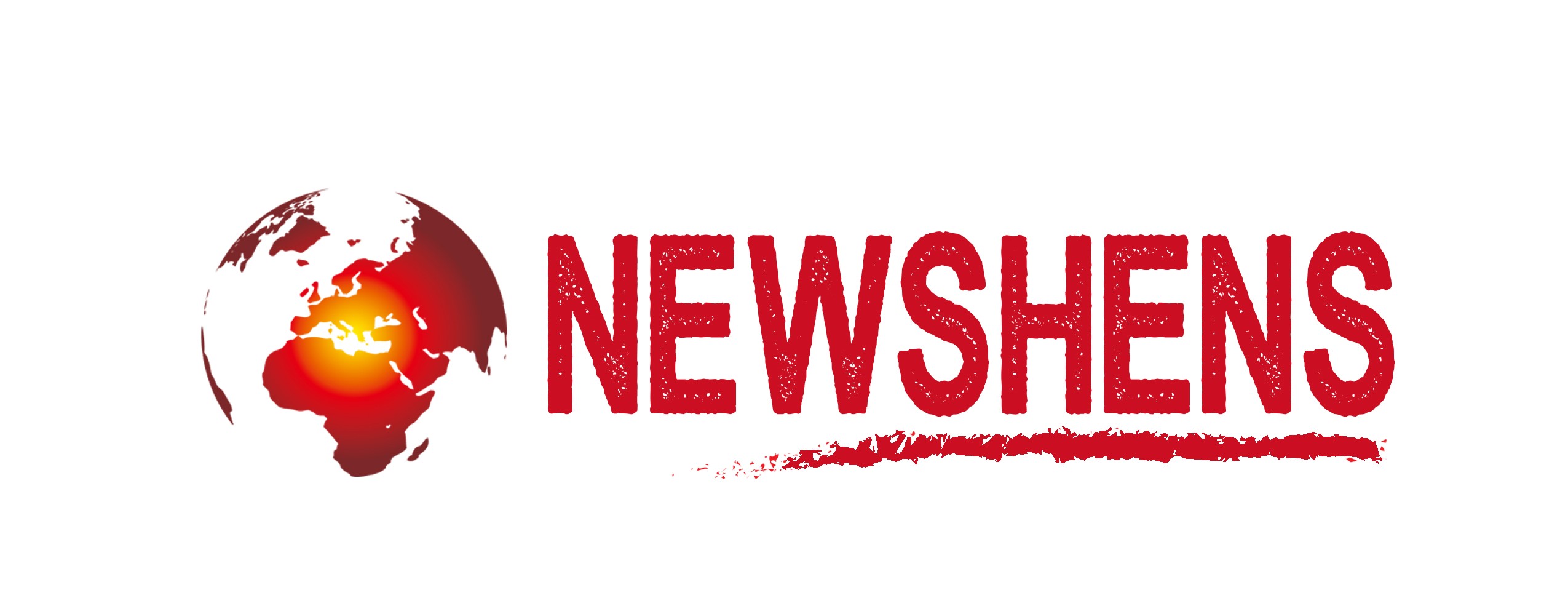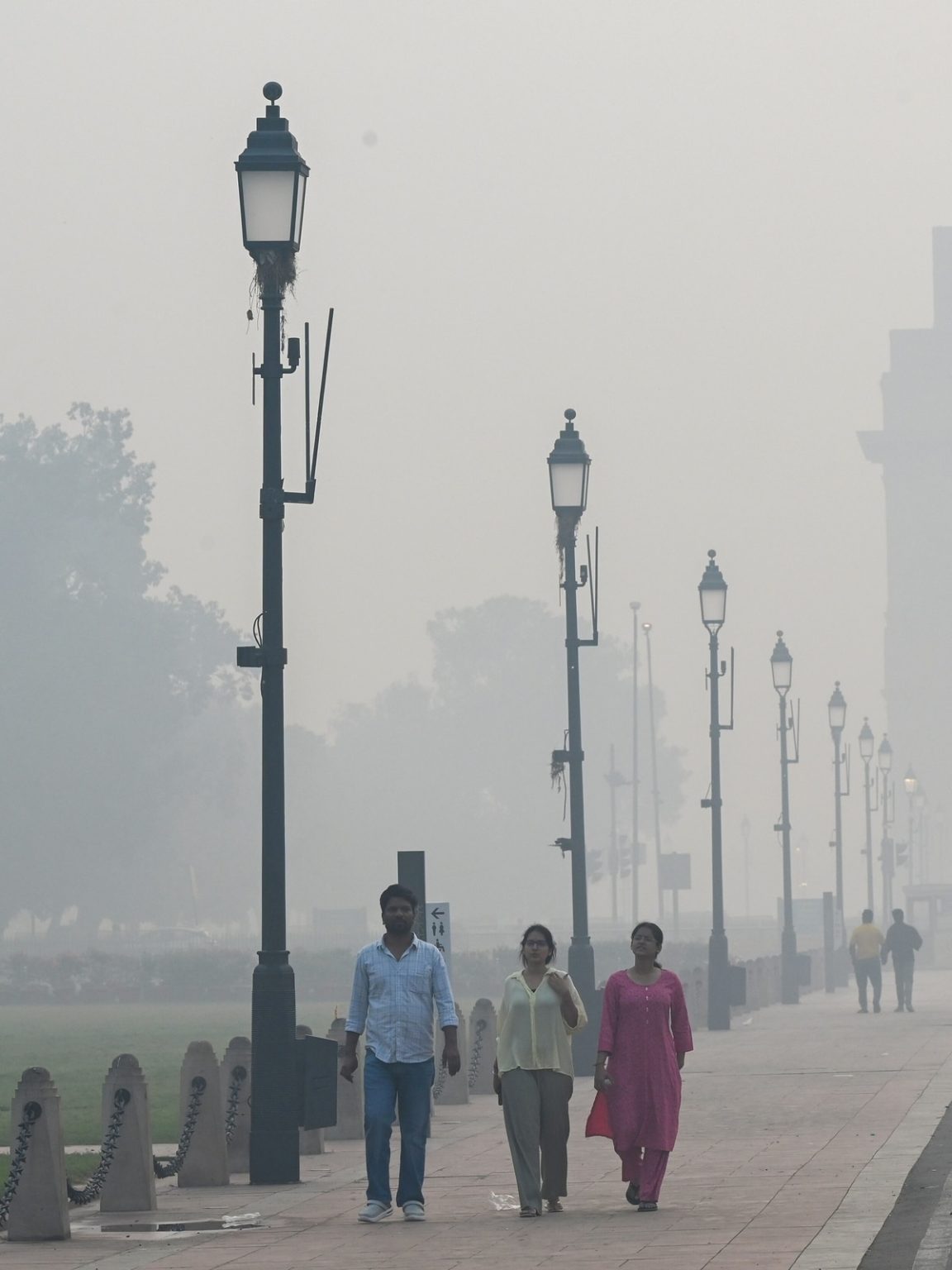Delhi pollution: Of the total 38 monitoring stations in Delhi, 35 were in the ‘red zone’, indicating ‘very poor’ to ‘severe’ air quality. Delhi remained shrouded in a thick layer of smog on Tuesday, a day after Diwali, even as the city’s Air Quality Index remained in the ‘very poor’ category. The national capital saw a marginal rise in pollution levels on Tuesday, with the AQI at 351, marginally up from 345, on the day of Diwali, the daily bulletin of the Central Pollution Control Board showed.
The city celebrated the Festival of Light with green fireworks, a departure from previous years, coupled with poor meteorological conditions. Stubble burning has also started in neighbouring states, worsening the air conditions in the capital. Of the total 38 monitoring stations in the city, 35 were in the ‘red zone’, indicating ‘very poor’ to ‘severe’ air quality.
Delhi’s AQI, which started deteriorating in the past week, has remained in the ‘very poor’ category. It is expected to worsen in the coming days, due to a host of factors, including stubble burning. Two of Delhi’s neighbours have their AQI in the ‘severe’ category, however, it is neither Faridabad, Ghaziabad or Noida. While, Faridabad recorded ‘poor’ AQI, Noida had ‘very poor’ air quality, Greater Noida having poor, and Ghaziabad ‘very poor’.
The cities of Dharuhera in Haryana (around 90 kms from Delhi) and Jind (around 136 km from Delhi) recorded their AQIs in severe category. A day earlier, the CPCB data, while collects AQIs from 264 cities, showed none of the cities as having the ‘severe’ AQI.
Environment Minister Manjinder Singh Sirsa, while addressing a briefing on Tuesday, said that despite a growth factors contributing to pollution, the AQI levels have remained stable. The minister said that Delhi’s AQI rose only by six points — from 345 to 351 — compared to yesterday. However, the PM2.5 concentrations on Diwali was recorded at its worst in the last four years, with pollution levels spiking sharply at night as PM2.5 concentrations peaked at 675 — a peak not seen since 2021.
In terms of AQI, the pollution levels was in the ‘very poor’ category at 345, according to CPCB data at 4 pm on Monday. In comparison, the AQI was 330 in 2024, 218 in 2023, 312 in 2022, and 382 in 2021, as per the data.



